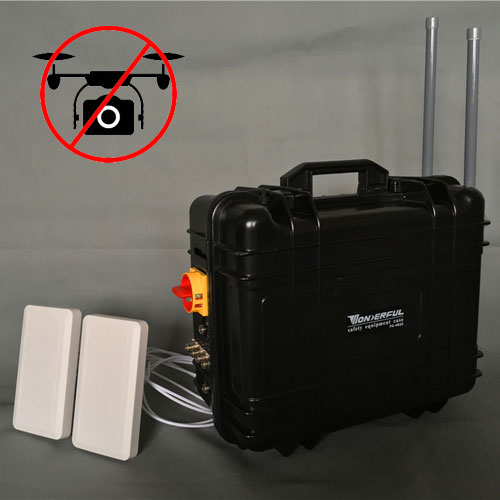With the rapid opening of the UAV market, it is no longer difficult for people to own a handheld “handy machine” that “fly when they want to fly”. However, accidents of unmanned aerial vehicles “overfly” and “black flying” occur frequently, hurting people. Destroyed objects may even be used by terrorists, causing major security risks. In addition to the introduction of regulatory policies, the necessary anti-drone measures must be launched urgently. Therefore, drones and anti-drones will surely stage a game of technology competition and mutual search for loopholes.
According to statistics, from 2017 to 2022, the drone jammer market will grow at an annual rate of about 23.89%, and by 2022, the total market will reach 1.14 billion U.S. dollars. Among them, the demand for anti-UAS systems in the Asia-Pacific region will account for 30% of the global market, and anti-UAV products will maintain rapid growth for a long time.

Classification of anti-drone systems
The anti-UAV systems developed using these technical means can be roughly divided into three categories: one is monitoring and control, which uses the transmission code to block the use of the drone to control the drone and guide it to return, while avoiding the drone from crashing. . The second is direct destruction, mainly using missiles, laser weapons, microwave weapons, combat UAVs, and conventional firepower to directly destroy UAVs. The third is the interference blocking category, which cuts off the communication between the drone and the remote control platform by transmitting directional high-power interference radio frequency to the drone, forcing the drone to land or return by itself.
